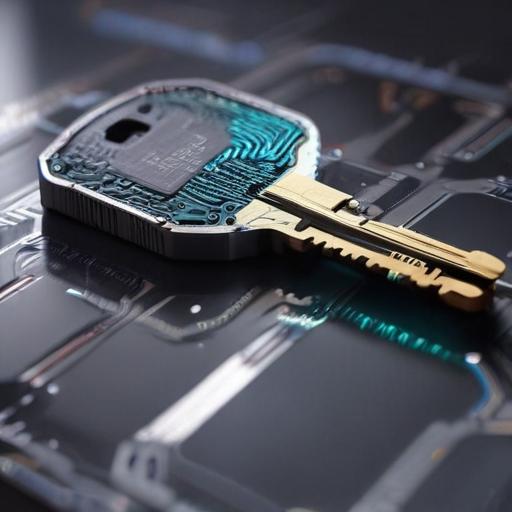Sam Altman made headlines yesterday evening by posting an image of the iconic Death Star from Star Wars on X, sparking intrigue among his followers ahead of the much-anticipated launch of GPT-5 by OpenAI. The launch, which took place today, represents a significant milestone for the organization as it continues to solidify its position in the tech industry.
In a video announcement, Altman described GPT-5 as a “legitimate Ph.D.-level expert in anything” that can assist users in achieving their goals. He emphasized that this new model aims to empower individuals, allowing them to accomplish feats that were once unimaginable. GPT-5 is essentially an upgrade to the popular ChatGPT interface and boasts improvements in writing, coding, and problem-solving capabilities.
The anticipation surrounding GPT-5 follows a lengthy wait since the release of GPT-4 in March 2023. During this time, OpenAI has significantly expanded its reach, now serving federal agencies and almost every Fortune 500 company. Altman revealed that around 700 million users worldwide engage with ChatGPT on a weekly basis, marking this announcement as one of the most impactful for OpenAI.
Despite the company’s growth and ambition—reportedly aiming for a $500 billion valuation—there are indications that OpenAI is also adapting to the corporate world. They have formed partnerships with notable organizations, like Bain & Company and Moderna, and enlisted renowned designer Jony Ive to develop physical OpenAI devices.
While GPT-5 claims to achieve state-of-the-art performance in various AI benchmarks, it faces competition from products like Google Gemini and Anthropic’s Claude, which have also demonstrated strong capabilities. Some technical errors were noted during the launch, leading to questions about OpenAI’s reporting reliability. Nevertheless, Altman shifted the focus towards user experience, noting that the intuitive nature of GPT-5 sets it apart as a more user-friendly tool.
OpenAI has learned from its previous successes, with the original ChatGPT gaining traction by rethinking an existing model into a conversational interface. As it aims to build on this momentum, GPT-5 is offered for free with usage limits for non-paying users, enticing them to explore further integrations within OpenAI’s ecosystem.
Looking at the broader landscape of the competitive AI arena, OpenAI has continually responded to rivals by improving functionalities and releasing better models. GPT-5 aims to simplify user experiences by reducing the confusion stemming from a multitude of previous versions, allowing users to enjoy a seamless interaction with the AI.
In conjunction with GPT-5, OpenAI unveiled new personalization features for ChatGPT—including customizable themes and AI personalities—enhancing the overall user experience. These features make ChatGPT feel more like an individual assistant, thereby increasing the likelihood of user retention and solidifying OpenAI’s place in the evolving digital landscape.
As the AI industry matures, the focus is shifting from raw benchmarks to how effectively AI technologies enhance users’ daily lives. OpenAI’s ambition seems clear: to evolve from replicating human intelligence to providing comprehensive assistance, making strides toward what it considers artificial general intelligence—an all-encompassing AI model ready to redefine economies and address complex global issues.
